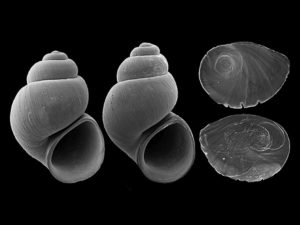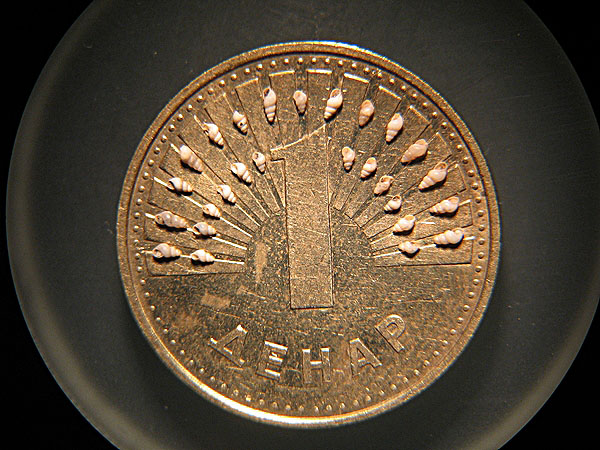Kiliya Freshwater Snail (Turricaspia obventicia)
This species was descried in 1992; it is known only from the type that was collected from Holocene deposits near the city of Kiliya in the Odessa Region of the Ukraine.
The species most likely died out for natural reasons. [1]
***
syn. Caspia obventicia Anistratenko in Anistratenko & Prisyazhniuk
*********************
References:
[1] Frank P. Wesselingh; Thomas A. Neubauer; Vitaliy V. Anistratenko; Maxim V. Vinarski; Tamara Yanina; Jan Johan ter Poorten; Pavel Kijashko; Christian Albrecht; Olga Yu. Anistratenko; Anouk D’Hont; Pavel Frolov; Alberto Martínez Gándara; Arjan Gittenberger; Aleksandre Gogaladze; Mikhail Karpinsky; Matteo Lattuada; Luis Popa; Arthur F. Sands; Sabrina van de Velde; Justine Vandendorpe; Thomas Wilke: Mollusc species from the Pontocaspian region – an expert opinion list. ZooKeys 827: 31-124. 2019
*********************
edited: 18.11.2021




